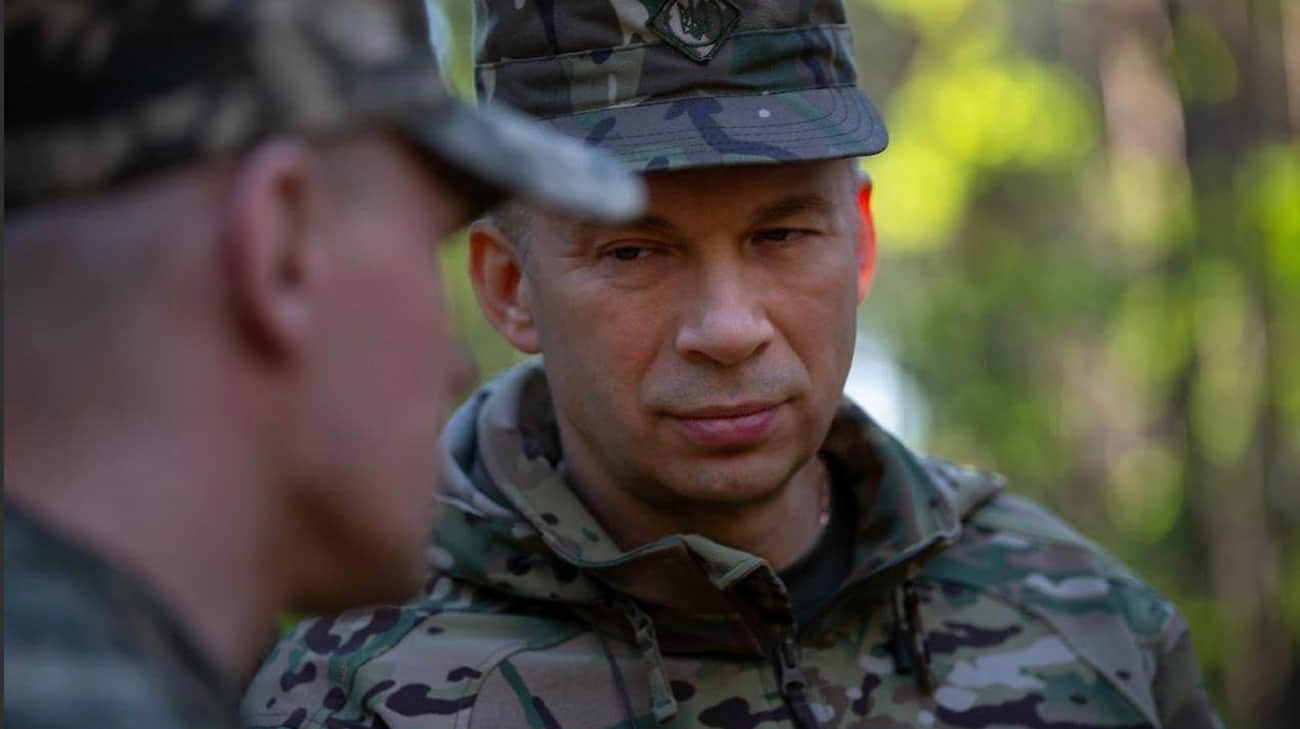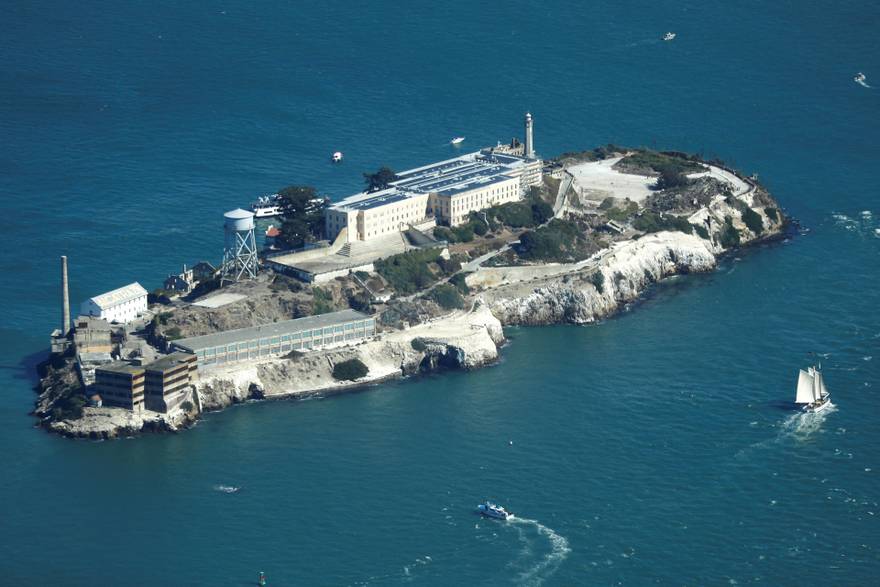The Treasury of the Vatican: where the assets of the Church comes from (and why the new Pope will have to cut the expenses)

The « transparent » turning point of Pope Francis after the period of scandals. The financial resources of the Vatican? About 5 billion plus 6 billion of real estate assets (5 thousand buildings). The change of the IOR is not enough
A pope – Francesco, who died on Easter Monday morning on April 21st – World Cup and « Pauperista ». Ocular in the investment choices of a state, the Vatican one, among the richest in the world. For a securities and real estate. A pontificate inspired by a more accurate control of investmentsafter scandals, corruption, scams and recycling accusations, as the controversial case of the London palace (Here the investigation by Corriere della Sera). For years the financial reports have weighed on the budgets and the unscrupulous use of the funds of the Secretariat of State. With budget shortcuts and farmers who have had access to the buttons rooms and wallet choicesor.
The structural deficit
The Vatican, on the other hand, would still be in structural deficit for over 70 million a year, according to what reported by the newspaper The Republic. These are not official figures, because it is since 2022 that the Vatican has not published a final consolidated balance, but they are not far from the truth. For this reason, in recent years Pope Francis has cut the expenses: the cardinals has reduced the favorable rentals for their apartments and then reduced by about 10% the « cardinal dish », or the salary, on average over 5 thousand euros per month, reconstructed Milano Finanza.
Vatican Heritage, the change wanted by Francesco
If the Spending Review is necessary, it is because for years it has dictated the law un « rotten predatory and lucrative system », the Pope’s magistrates wrotewhere « unlikely if not improper » subjects have drawn to the resources of the Holy See thanks to « limited but very incisive complicity and internal connivances ». This pontificate, in recent years, has distinguished itself for a change in management. The damage to the image so as not to want to recover (and return) the Church to its faithful. If this is the inheritance what will be the choices to which his successor on the papal throne is called? DHe will be able to continue in the work of Pope Francis, reporting the management activities, avoiding waste, stolenias, scandals of various reasons that have undermined the credibility of the Vatican. Will he be able to do it? Or will the internal currents in San Pietro end up complicating the renovation process?
The synthesis of the budget: the turning point of « transparency » in 2021
What is certain is that in February 2O21 there was the great turning point. Pope Francis decided to close all the accounts in Switzerlandremoving the cashier precisely from the Secretariat of State and transferring it to APSA (acronym that stands for the administration of the heritage of the Apostolic See). That only starting from that year, after more than 50 years of silence, begins to make a budget synthesis known in accordance with greater transparency desired by the pontiff.
The social doctrine of the Church
By transforming the APSA into the Vatican Financial Center, entrusting the participations previously managed by the Secretariat of State to the institution, things begin to change. A turning point that also earned the Vatican entry into the white list of virtuous countries, on the basis of international agreements that must be constantly respected. On the other hand theA hidden spending center had proved to secretariat of state, who had lost the original mandate inspired by respect for the social doctrine of the Church which requires low risk investments and proven social impact, without speculative purposes. Pope Francis decided instead investments « from widows », zero risk and preserved inheritance. This operating mode, aimed at the only maintenance of the accumulated savings, led, in 2023, to a turnover of 27.6 million which helped to recover the loss of 6.7 million in 2022.
The Obolo di San Pietro
To understand it is necessary to tell how the funds of the Secretariat of State are set aside. Arrive From the offers of the faithful to the Pope, the so -called « Obolo di San Pietro » which collects every year on June 29 in churches all over the world. It is a fundamental entrance: from that treasure every year the popes draw to replace the losses of the Vatican operating machine. Only 10% is used by the Pontiffs for Charity; Most serves to support the expenses of the Roman Curia, the embassies (nunciatures)communication, newspapers, the uniformity of the rite in all countries up to the ecclesiastical courts (Here the investigation by the Corriere della Sera which told its operation). In 2023 the Obolo Fund collected 52 million, of which 48.4 million pure donations, but had shot 109.4 million (thus drawing on the reserves). Also in 2024 he would stop at a third of what was collected in the golden years: in 2009 the donations exceeded 82 million euros, Remember Milano Finanza.
The other Vatican Revenue
But what are the other Vatican revenues? They come from the proceeds of the Vatican Museums, from the tourists of San Pietro, those deriving from the rights of the Pope’s books and other publications, And then from the two economic machines: the Apsa, in fact and the Ior, wrote Fabrizio Massaro on Milan Finanza reconstructing the Vatican finances. The ongoing jubilee and the emotion aroused by the death of a Pope as popular as Francesco could push the donations high, but it is early to understand the size of the phenomenon. Last May the Secretary of State, Cardinal Pietro Parolinconfirmed the difficulty of the faithful: «Today everyone they do struggles to survive and also the Holy See is not ease, above all taking into account that the Holy SeeIn addition to these users, he lives above all of the charity of Catholics in the world, of their generosity, « said Parolin. Generosity that is falling because – admitted the cardinal – « there is less sensitivity in this sense ».
As far as the heritage amounts
Now everything has been centralized in APSA. And therefore the assets managed by the administration becomes even more huge: at the end of 2022 it was worth about 2.9 billion, divided into two macro-categories, furniture and real estate. The first includes all shareholders, bonds and funds shares of others purchased by the entity. In 2023 the wallet contained few listed securities, many short -lived bonds and a very high share of liquidity (over 50%).
Real estate management
More profitable proved to be the real estate management that allowed APSA to collect 35 million In 2023 on the face of revenues for 73.6 million. Thanks to the immense Heritage of the Holy See which includes over 5 thousand buildingsfor a total area of about 1.5 million square meters. 19.2% of the properties are rented to free market canons; 10.4% per subsidized fee; 70.4% in a null canon.
Where the properties are
92% of the surface of the properties owned by the Vatican are located in the province of Rome and, in particular, in the areas adjacent to the Vatican city. Abroad, the APSA administers over 1,000 properties through Three subsidiaries, founded between 1932 and 1933: the French Squaridex (752 units), Profima Switzerland (344 units) and English British Grolux Investment (27 units).
The overall resources
The resources controlled directly from the Holy See are estimated at over 11 billion. Of these, about 5 billion euros are the real financial resources, while 6 billion is the figure with which the real estate part is estimated of the heritage, considering only buildings and apartments not directly connected to the institutional activity of the Vatican.
Ior
But there is another relevant subject in the management of the Pope’s heritage. Lo Ior, the institute for religion works, known as the Vatican Bank. For a long time in his accounts, private individuals were also able to deposit moneybut precisely the reform action of Benedict XVI and then Di Francesco has very limited the possibilities of opaque operations a lot. It manages the deposits of dicasteries, dioceses and religious congregations, i.e. around 5 billion euros, but the net assets it administers is 654 million euros.
READ ALSO
-
Vatican, secret budgets and new relaunch plan: the great rebus of the Padre Pio hospital
-
Vatican, the 400 gold bars of the IOR deposited in the USA (and budget)
-
Vatican, the complaint of the former auditor: « Envelopes with cash and money to the parties »
-
Vatican, 007 on the pitch on the London Palace: Spies in recorded phones and lunches
-
Becciu: «The magistrates? Pigs ». And in Perlasca he said: « Download Signal, delete the messages »
-
Vatican, the IOR confiscates 25 million for the sale of the properties
-
The Vatican promoted on the anti -mirroring: « But it is necessary to close on financial crimes »







